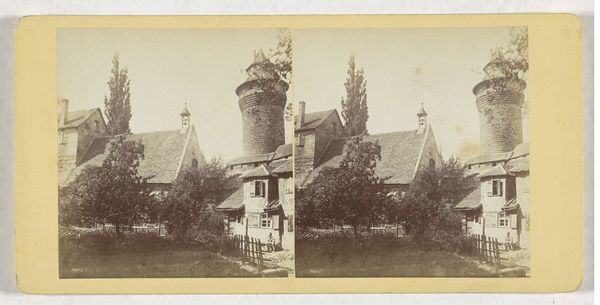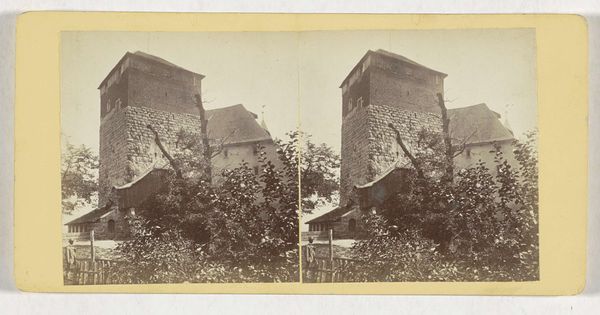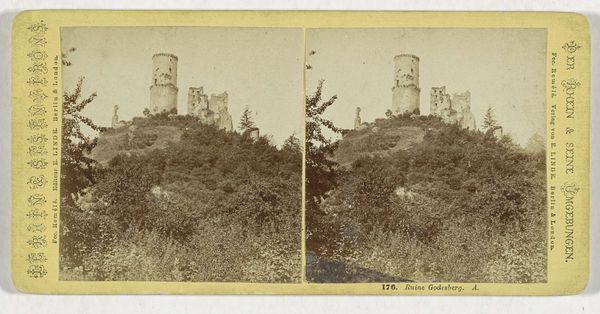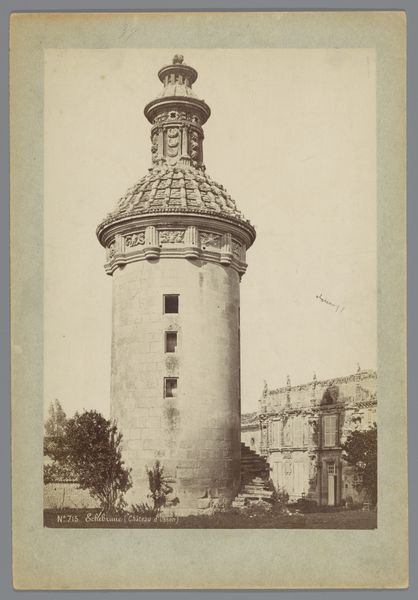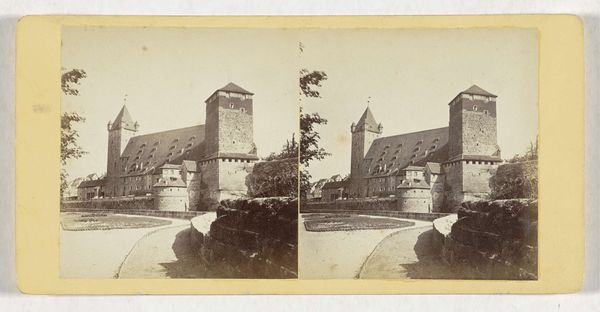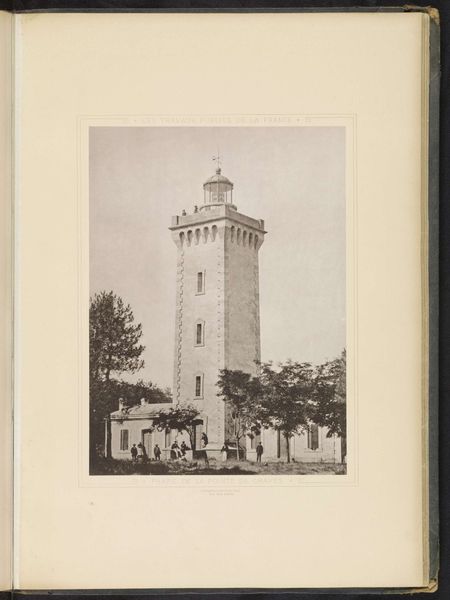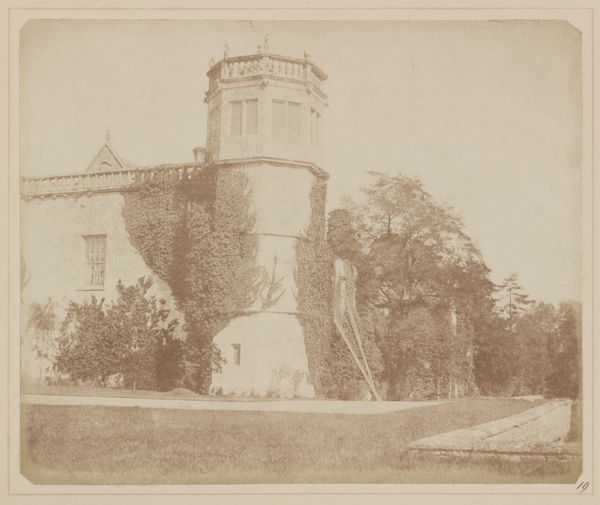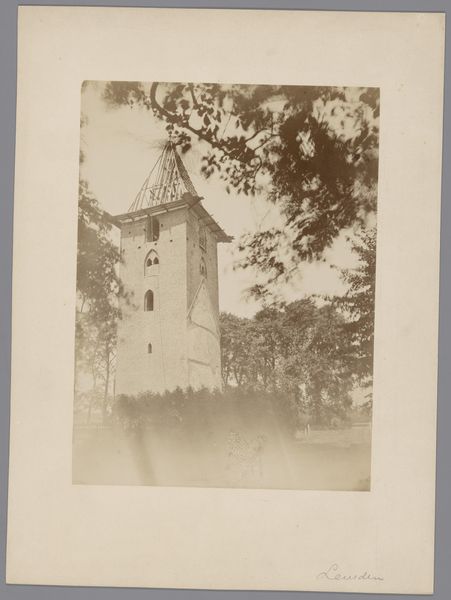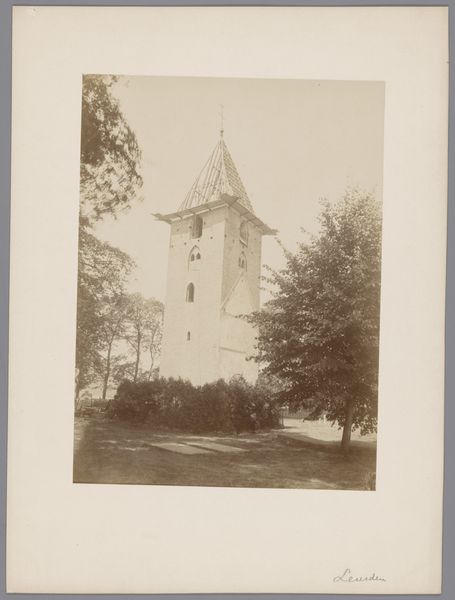
#
aged paper
#
toned paper
#
water colours
#
handmade artwork painting
#
carved into stone
#
coloured pencil
#
watercolour bleed
#
watercolour illustration
#
pencil art
#
watercolor
#
building
Dimensions: height 87 mm, width 177 mm
Copyright: Rijks Museum: Open Domain
Johann Friedrich Stiehm made this stereoscopic photograph of the Sinwellturm in Nuremberg sometime in the late 19th century. It’s a double image printed on card stock, intended to give a three-dimensional impression when viewed through a special viewer. Photography in this period was both a craft and a business. The wet collodion process, used here, required careful preparation of glass plates with light-sensitive chemicals. This was time consuming. And the final print, made using albumen derived from egg whites, was a delicate object, prone to fading and damage. The very act of taking a photo was linked to wider social issues. Tourism was becoming increasingly popular, and images like this allowed people to collect and share their experiences, creating a visual record of the places they visited. Stiehm’s photograph is not just a record of a place, but also a product of its time, reflecting the growing market for souvenirs and the changing nature of travel and leisure. Ultimately, understanding the materials and making of this photograph allows us to appreciate its historical significance, challenging distinctions between fine art and everyday commercial practices.
Comments
No comments
Be the first to comment and join the conversation on the ultimate creative platform.
